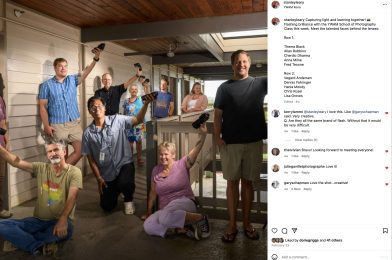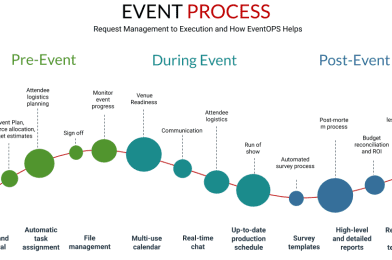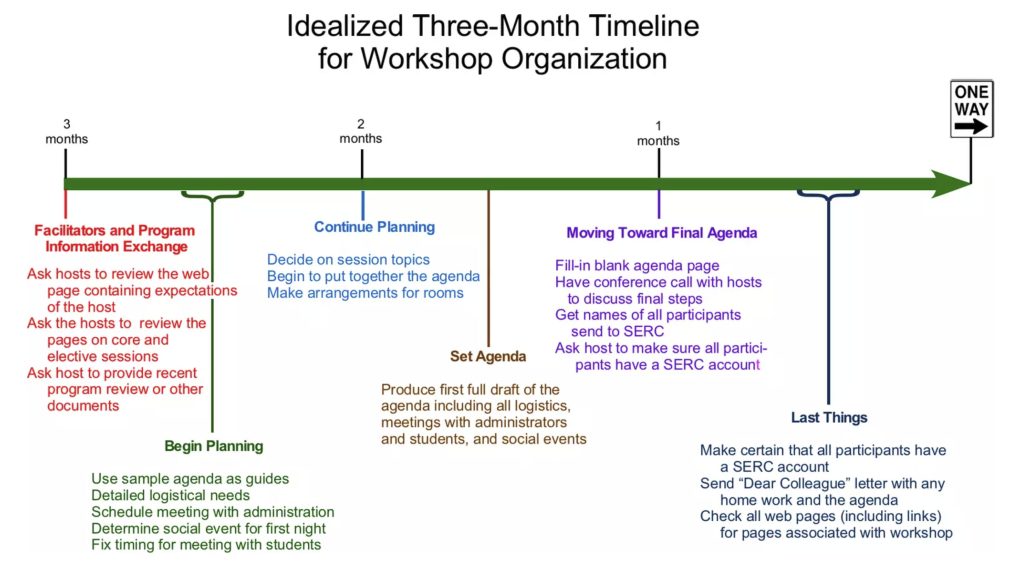As a photographer or videographer, attending events isn’t just about capturing stunning images or compelling videos; it’s also an incredible opportunity to expand your network and grow your business. In today’s digital age, social media has become an invaluable tool for professionals in the creative industry. By sharing your work from events on platforms like Instagram, Facebook, or Twitter, you showcase your talent and open networking doors that can lead to future collaborations and opportunities.
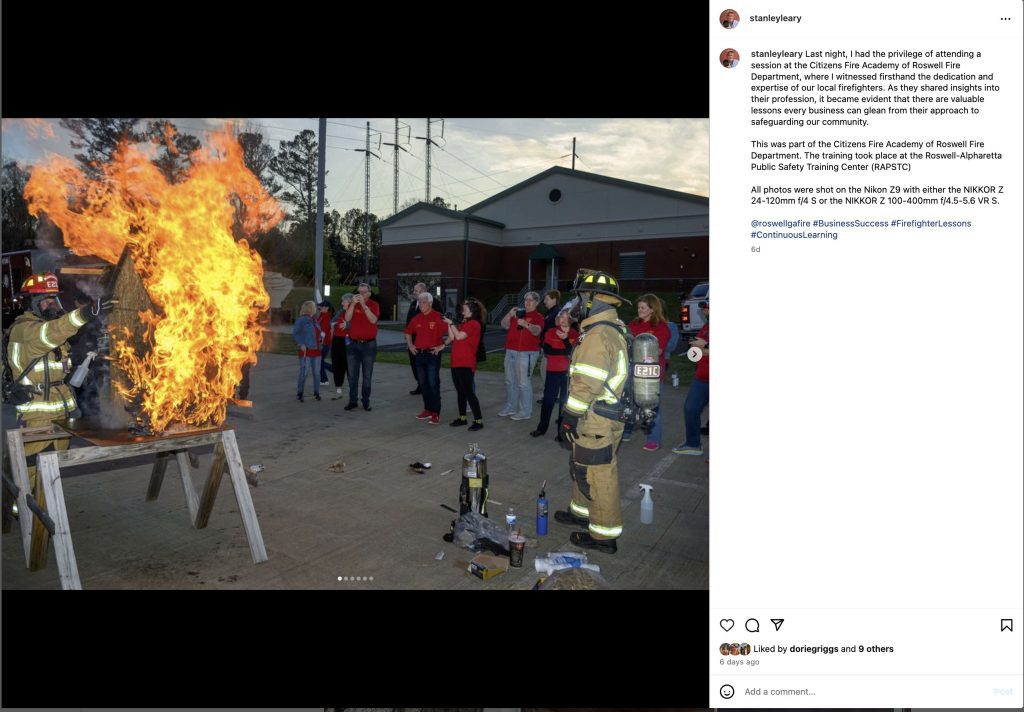
Leveraging Social Media for Networking
Sharing photos or videos from events on your social media profiles creates a digital portfolio accessible to a broad audience. Here’s how it works:
- Tagging Individuals: When you post photos or videos from an event, tag individuals featured in your content. This acknowledges their presence and increases their likelihood of sharing your post with their followers. As they tag themselves and engage with your content, they introduce you to their network, expanding your reach organically.
- Engagement Multiplier: Each like, comment, or share on your post endorses the extended network of the individual engaging with your content. As more people interact with your posts, the algorithm ensures that your content appears on the feeds of their friends and followers, further amplifying your visibility.
- Showcasing Expertise: Sharing high-quality images or videos from events highlights your skills as a photographer or videographer and positions you as an authority in your field. This can attract potential clients or collaborators who are impressed by your work and may reach out to you for future projects.
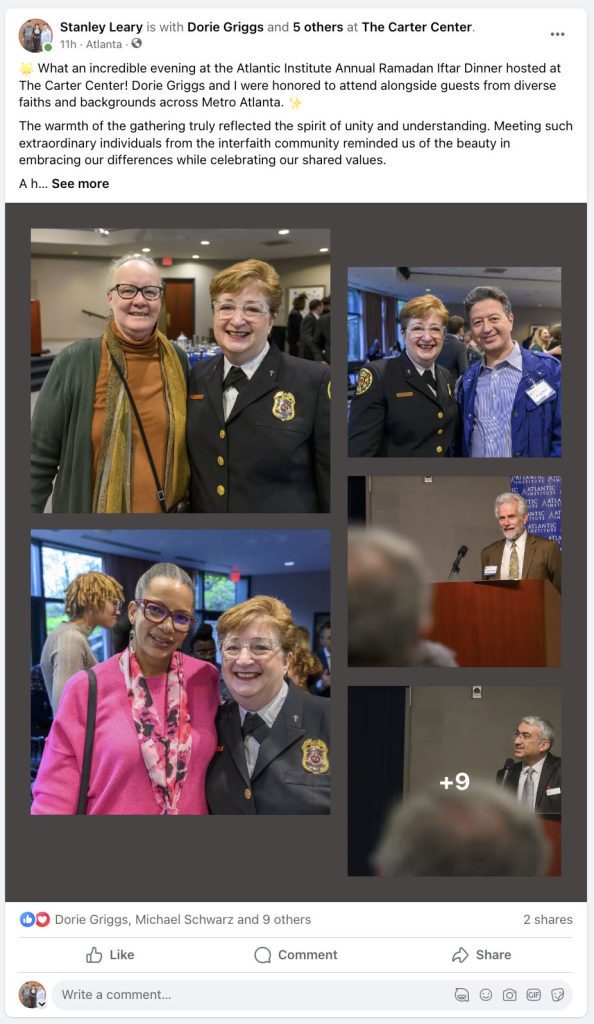
Tips for Maximizing Networking Opportunities at Events
While capturing compelling visuals is essential, gathering additional information at events can enhance your social media strategy and networking efforts:
- Collect Contact Information: Don’t just focus on snapping photos or shooting videos; take the time to collect contact information from critical individuals you meet at the event. This could include email addresses, social media handles, or business cards, allowing you to follow up with them after the event. Get a program or take a photo of it so you have the names of the speakers.
- Testimonials or Quotes: If appropriate, you can approach event organizers, speakers, or attendees for testimonials or quotes about their experience. These can be valuable content pieces to share on social media platforms, showcasing your involvement and expertise at the event. I generally carry a Moleskin notebook with a pen and write typically out quotes as I hear them.
- Capture Behind-the-Scenes Moments: In addition to the main event, capture behind-the-scenes moments that provide a glimpse into the atmosphere and energy of the occasion. These candid shots humanize your brand and create authentic content that resonates with your audience.
- Stay Engaged on Social Media: After the event, continue to engage with attendees by responding to comments on your posts, sharing user-generated content, and participating in relevant conversations. This fosters community and keeps your brand top-of-mind among your network.
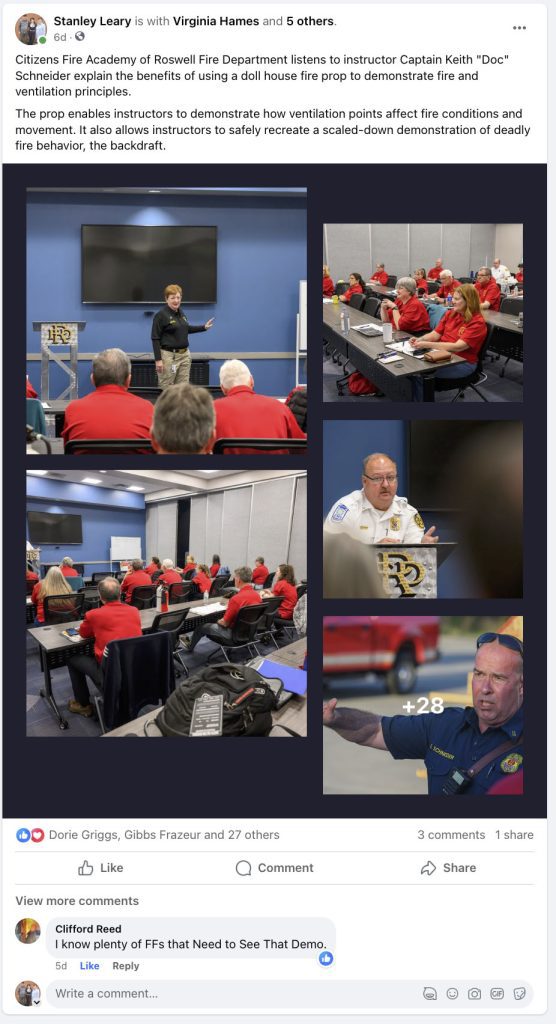
Conclusion
Attending events as a photographer or videographer presents many opportunities beyond capturing captivating visuals. You can turn every event into a powerful networking opportunity by leveraging social media to share your work and actively engage with attendees. Remember to be proactive in gathering information and stay consistent in your online presence to maximize the impact of your efforts. With the right approach, you’ll expand your network and elevate your brand in the eyes of potential clients and collaborators.

